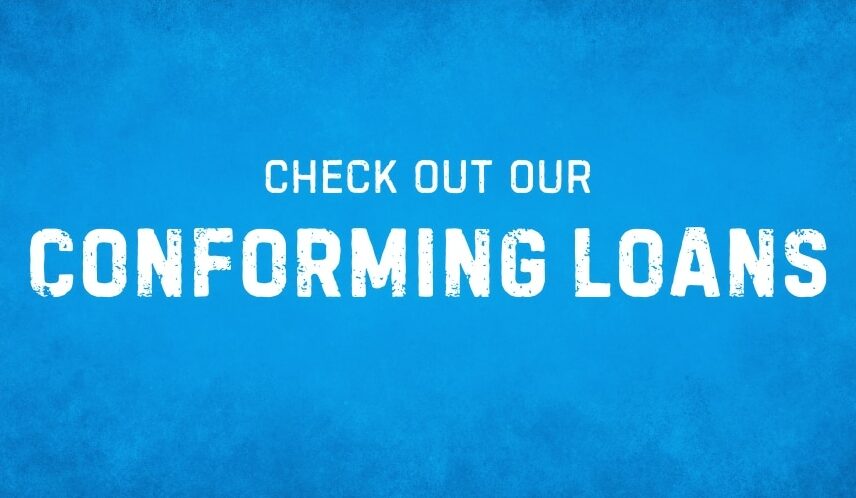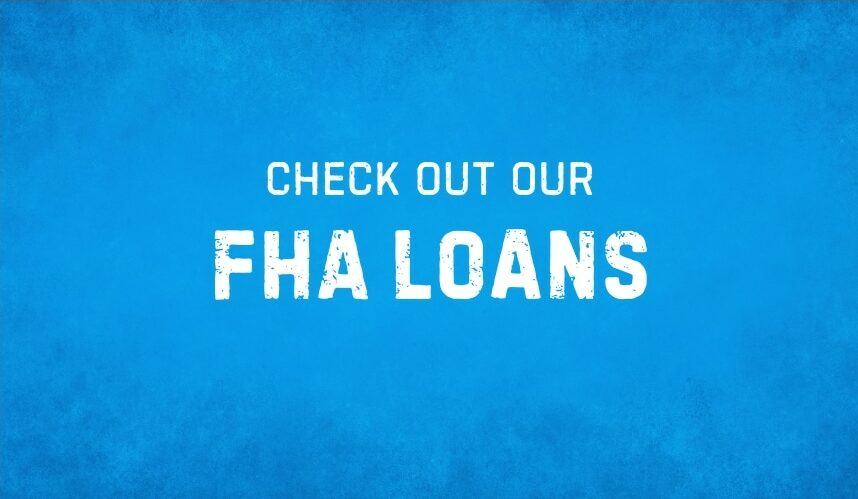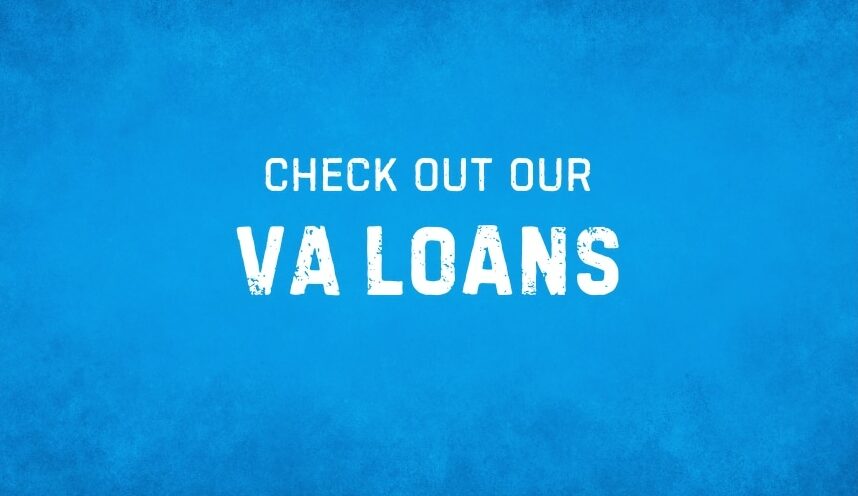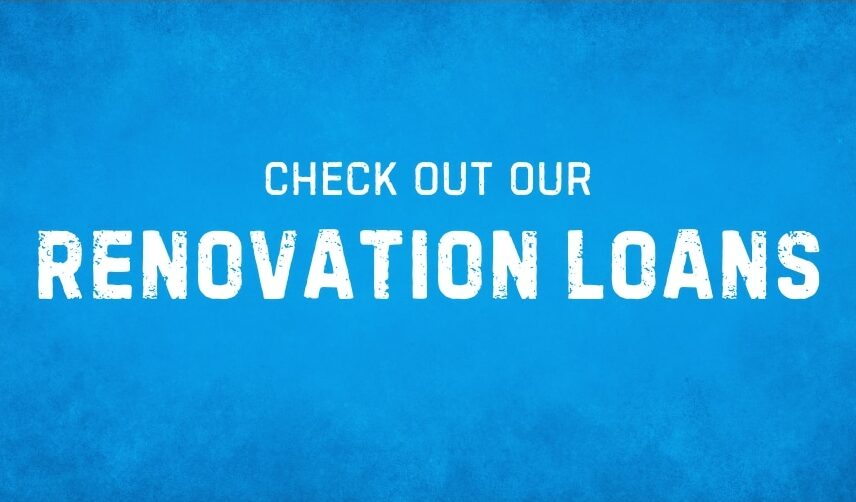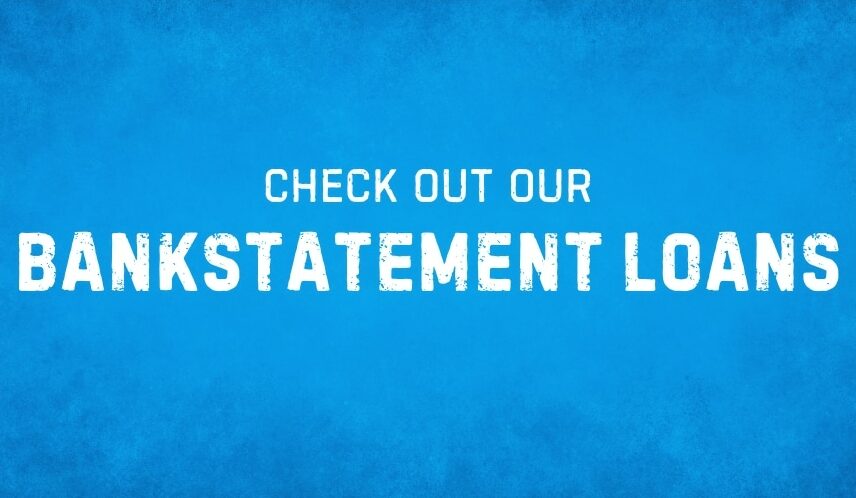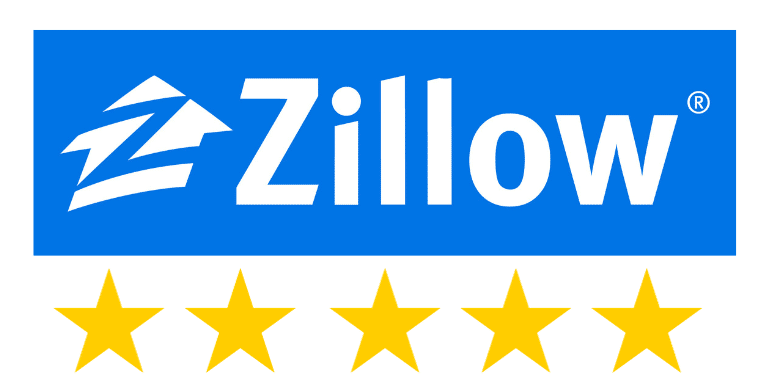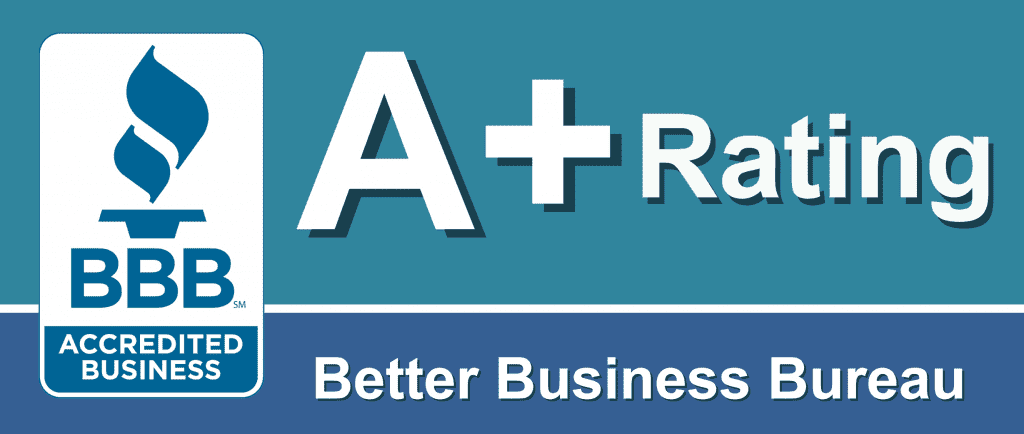
California Jumbo Mortgage
Key Topics In This Article: Requirements | Benefits | Get Approved
A California Jumbo mortgage is a home loan that has a loan amount above the 2024 Conforming loan limits set by the Federal Housing Finance Agency (FHFA). The limits set by FHFA are set by county and property type, so the loan amount required for a Jumbo mortgage can vary from county to county.
There are five important California Jumbo mortgage requirements that homeowners should know. Credit score levels, loan-to-value ratios, asset reserve requirements, the maximum debt-to-income ratio allowed, and property types.
The most significant benefit to California residents is the ability to purchase homes that require a mortgage above the Conforming limit standards. Some of the highest concentrations of California Jumbo mortgages include San Diego, Orange County, Los Angeles, San Jose, and San Francisco.
California Jumbo Mortgage: Loan Pre-Approval
A quick pre-approval with exceptional service and low rates.
California Jumbo Mortgage Requirements
Here are the five main California Jumbo mortgage requirements every applicant should know before they decide to get pre-approved.
- Credit score levels
- Loan-To-Value Ratio
- Asset Reserve Requirements
- Debt-To-Income Ratio
- Property
Knowing the California Jumbo mortgage requirements before you get pre-approved will not only save you time but could also save you thousands of dollars.
Credit Score
Homeowners should have a credit score above 700. Sometimes, you’ll need at least a 720 or 740 credit score. You may need a 780 or higher credit score to obtain the best California Jumbo mortgage terms. Your credit score might directly impact the amount of money you can borrow (see below).
You should have at least two, if not three, active tradelines and a two-year history of paying your debts on time. Your credit history should also be clear, which means no foreclosures, judgments, and/or bankruptcies in the last five years.
Loan-To-Value Ratio
The loan-to-value (LTV) ratio is the amount of money you borrow compared to the value of the house you buy, expressed as a percentage. For example, if you purchase a $1,500,000 house and borrow $1,000,000, your LTV is 66.67%.
Loan-to-value requirements depend on your credit score. Under the best circumstances, your maximum LTV ratio is 90% (provided you can get pre-approved for a HELOC or HELOAN – more on this below).
Asset Reserves
This is one of the most significant differences between California Jumbo mortgages and other types of home loans like conforming, FHA, and VA home loans – asset reserve requirements. For most other types of home loans, you don’t usually need asset reserves; however, for most Jumbo mortgages, you do. What are asset reserves?
Asset reserves are liquid cash you have saved in an account to cover your total mortgage payment (including property taxes and insurance). Acceptable sources for asset reserves include your checking and savings account. Additional accounts might consist of retirement and investment accounts.
You’ll need at least three months of asset reserves, but you should prepare for the underwriter to require at least six months of asset reserves. When you send in your asset reserve documentation, make sure you send in the entire statement, even if there is a blank page (this is an underwriting requirement).
Debt-To-Income Ratio
Under the best circumstances, you’ll need a debt-to-income (DTI) ratio at or below 42%. Most applicants should prepare for a DTI ratio of 40% or lower. How do you calculate your DTI?
The DTI factors in all your debt, including your mortgage payment and the annual property tax and homeowners insurance amount. For calculation purposes, the property taxes and insurance are divided into 12 payments.
If you owe back taxes, alimony, child support, or a monthly payment on a prior judgment, you must include those amounts in your DTI.
Property Type
California Jumbo mortgage requirements for property types are the following;
- Single Family Residence
- Condominium
- Multi-Unit (1-4 units)
The property needs to be either a primary or secondary residence. Rental properties are not allowed. Also, you’ll most likely need to obtain two appraisals before the underwriter approves the loan application (especially for higher loan amounts).
You might be eligible for a California Jumbo mortgage if you meet the abovementioned minimum standards. That means it’s time to gather your documentation to get pre-approved.
At a minimum, you must submit two years of income documentation and your most recent two months of asset statements. If you own additional property, you’ll need to submit documentation for each property owned (mortgage statement, insurance statement, and HOA statement if applicable).
Benefits of A California Jumbo Mortgage
Here are the three main benefits of a California Jumbo mortgage.
- Competitive interest rates
- More purchasing power
- Flexibility
Competitive Interest Rates
Based on the market conditions, your credit profile, and your financial situation, your California Jumbo mortgage loan terms may have a very competitive rate compared to a Conforming loan rate (at times, the rate might be as good as other loan programs). The 30-year fixed is the most popular program.
More Purchasing Power
These higher loan limits give a homebuyer more purchasing power. They allow the borrower to purchase a home without the restrictions of the Conforming loan limits.
The California Jumbo mortgage loan program goes up to $2,500,000 for eligible borrowers.
Flexibility
The flexibility of a California Jumbo mortgage is another benefit.
You can pair the home loan with a Home Equity Line of Credit (HELOC) or a Home Equity Loan (HELOAN). They’re available for purchase and refinance transactions and can even be used on multi-unit properties.
Impact Of A Home Equity Line Of Credit (HELOC)
Let’s say you are buying a $2,000,000 home in Los Angeles, and your goal is to have a 1st mortgage at $1,200,000, but you only have $200,000 for a down payment, so you inquire about a Home Equity Line of Credit.
You have $200,000 to put down, which means you need a HELOC for $600,000.
For this example, the current 1st mortgage rate is 5.00% (30-year fixed), and the current HELOC rate is 7.5%. Your payment on the 1st mortgage is $6,441.86, and on the HELOC, your payment is $3,750.00. Your total monthly payment (not including property taxes and insurance) is $10,191.86
Remember that the interest rate and payment on the HELOC can change each month, so your total mortgage payment can vary from month to month. Also, the payment on the HELOC is an interest-only payment (you’ll need to pay more to bring down the principal).
Also, your HELOC will have an annual fee, and you can typically draw on it for five to ten years. This means that as you pay down the principal, you can re-access that amount by taking advances from the HELOC.
How A Home Equity Loan (HELOAN) Can Help
A HELOAN is a fixed-rate mortgage with a 15, 20, or 30-year term. A HELOAN is like a regular first mortgage: your rate will never change, and your monthly payment will never change.
HELOAN example: Let’s say you are buying a home in San Jose for $2,500,000, and you want your first mortgage loan amount to be $1,500,000; however, you only have $500,0000 to use as a down payment. Because you don’t want an adjustable rate, you look at HELOAN as a solution. You’ll need a HELOAN amount of $500,000 to complete the purchase.
For this example, the current first mortgage rate is 5.50% (30-year fixed), and the current HELOAN rate is 8.5%. Your payment on the first mortgage is $8,516.84, and on the HELOAN, it is $3,844.57. Your total monthly mortgage payment equals $12,361.41 (not including property taxes and property insurance).
Unlike the previous example, your monthly payment would never change since the HELOAN rate and payment are fixed.
There is no annual fee with a HELOAN. With a HELOAN, you cannot re-access credit (like you can with a HELOC). One thing to remember with a HELOAN is that they sometimes come with a balloon payment.
Get Pre-Approved
Getting pre-approved for a California Jumbo mortgage is somewhat similar to getting pre-approved for a Conforming loan. However, you may have to provide additional documentation (especially if you are self-employed).
- Locate a top-rated mortgage broker
- Complete the application
- Obtain the pre-approval
California Jumbo Mortgage: Loan Pre-Approval
A quick pre-approval with exceptional service and low rates.
First Step – Find A Top-Rated Mortgage Broker
To ensure a successful transaction, the first thing you should do is contact a top-rated California mortgage broker. Second, you’ll want to connect with a loan officer with at least five years of experience.
The best way to do this is to go to the Better Business Bureau website and find a company that has at least an “A” rating. You can also review their Google, Zillow, and Yelp reviews.
Important Questions To Ask Your Loan Officer
If you are in the market for a California Jumbo mortgage, here are three important questions to ask when obtaining a quote from a loan officer.
- What jumbo mortgage loan programs do you have?
- What jumbo mortgage alternatives do you offer?
- Do you have zero-point jumbo mortgage loans?
Always remember that this is your mortgage, so make sure you find a loan officer willing to answer these and other questions.
Second Step – complete the loan application
Most top-rated mortgage brokers offer an online application, or you can usually complete the application with a loan officer over the phone. Once the loan officer has your completed application, you’ll need to supply them with your required documentation.
You’ll need to supply two years of income documentation and your most recent two months of asset statements. If you are self-employed, be prepared to provide additional documentation such as a CPA letter, P&L statement, and more.
Third Step – get pre-approved
Usually, a loan officer will take 24 – 72 hours to pre-approve a new applicant. Once done, the loan officer can issue a pre-approval letter for those looking to purchase a home. If you are doing a California Jumbo mortgage refinance, the file would then move on to underwriting.
Your California Jumbo Mortgage Partner
Clearly stated California Jumbo mortgage requirements ensure you’ll better understand the process of getting approved. These home loans come with numerous benefits. The key to success is working with a top-rated mortgage broker and a loan officer with at least five years of experience.
At JB Mortgage Capital, Inc., our team works hard to provide the best possible terms, whether you’re buying a new home or refinancing a current mortgage.

